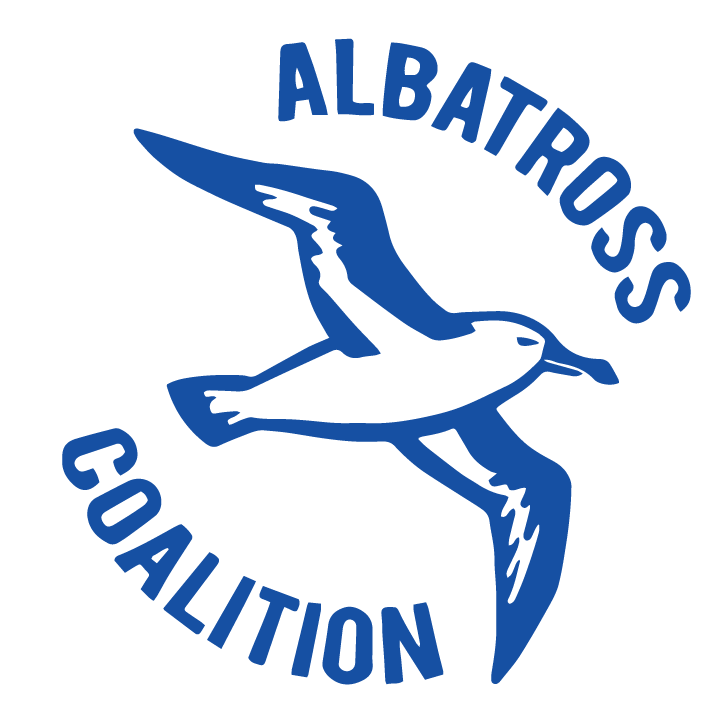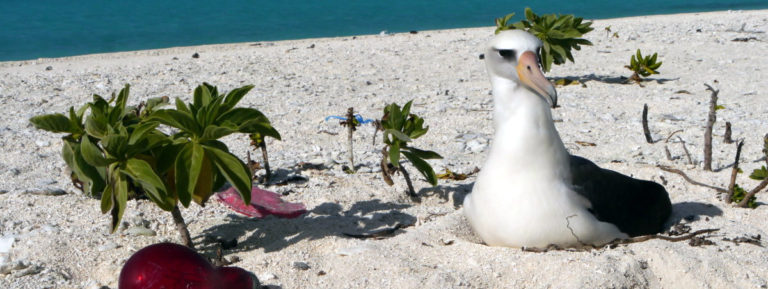California Coastal Commission
The Problem With Marine Debris
Marine debris is defined as “any manufactured or processed solid waste material that enters the marine environment from any source.” Debris is everywhere—found around every major body of water on the planet, and below water as well. Marine debris is a global pollution problem that impacts human health and safety, endangers wildlife and aquatic habitats, and costs local and national economies millions in wasted resources and lost revenues.
How Does Trash Become Marine Debris?
Many people assume that if trash exists in the ocean, it must be that the fishing and shipping industries are to blame. But in fact, only 20% of the items found in the ocean can be linked to ocean-based sources, like commercial fishing vessels, cargo ships (discharge of containers and garbage), or pleasure cruise ships.
The remainder (80%) is due to land-based sources, like litter (from pedestrians, motorists, beach visitors), industrial discharges (in the form of plastic pellets and powders), and garbage management (ill-fitting trash can lids, etc).
There is growing research about plastic debris too small to be caught by existing filters being discharged by water treatment systems. This debris may take the form of microbeads (added to some personal care products as exfolients) rinsed down drains, or synthetic fibers from clothing or other items that are laundered. A recent study of the San Francisco Bay found that eight waste water treatment plants discharged an average of 490,000 particles of microplastic per day into the Bay.
Take the Coastal Stewardship Pledge!
Get involved with coastal activities
Visit our Volunteer Opportunities page.
Learn about marine debris
Read about the effects of marine debris and how your everyday choices can either reduce or exacerbate the problem.
Learn about ocean acidification
Learn about what’s causing ocean acidification, why it’s a problem, and actions you can take to help.
Practice proper tide pooling etiquette
Did you know that there is a “correct” way to go tide pooling? You can follow some simple rules to keep yourself and the tide pool creatures safe and happy:
- Watch where you step. Step only on bare rock or sand.
- Don’t touch any living organisms. Most tide pool animals are protected by a coating of slime. Touching them with dry hands can damage these animals.
- Don’t poke or prod tide pool animals with a stick. Don’t attempt to pry animals off of rocks.
- Leave everything as you found it (or cleaner by picking up any garbage you come across). Collecting organisms will kill them and is illegal in most tide pools.
Safely observe wildlife
Read important information about observing coastal wildlife.
Choose your seafood wisely
Declining fish populations are an increasing problem in today’s fishing industry. If you are a seafood lover, find out how you can help manage our marine resources. Become an educated consumer and discover which fish species have healthy populations.
Learn about oil spills
Learn about the 2007 oil spill in San Francisco Bay, how oil spills harm the environment, and what you can do to help.
Practice clean and green boating habits
The Boating Clean and Green Program is an education and outreach program that promotes environmentally sound boating practices to marine business and boaters in California. The program is conducted by the California State Parks Division of Boating and Waterways and the California Coastal Commission.
Help restore coastal habitat
The Coastal Commission’s Community-Based Habitat Restoration Program at Upper Newport Bay in Orange County has volunteer opportunities available weekly.
Learn more
Learn more ways to help the ocean on the Thank You Ocean website.
Support the Coastal Commission’s Public Education Program
Provide financial support for the Commission’s education programs and our Whale Tail Grants program with the following actions.

